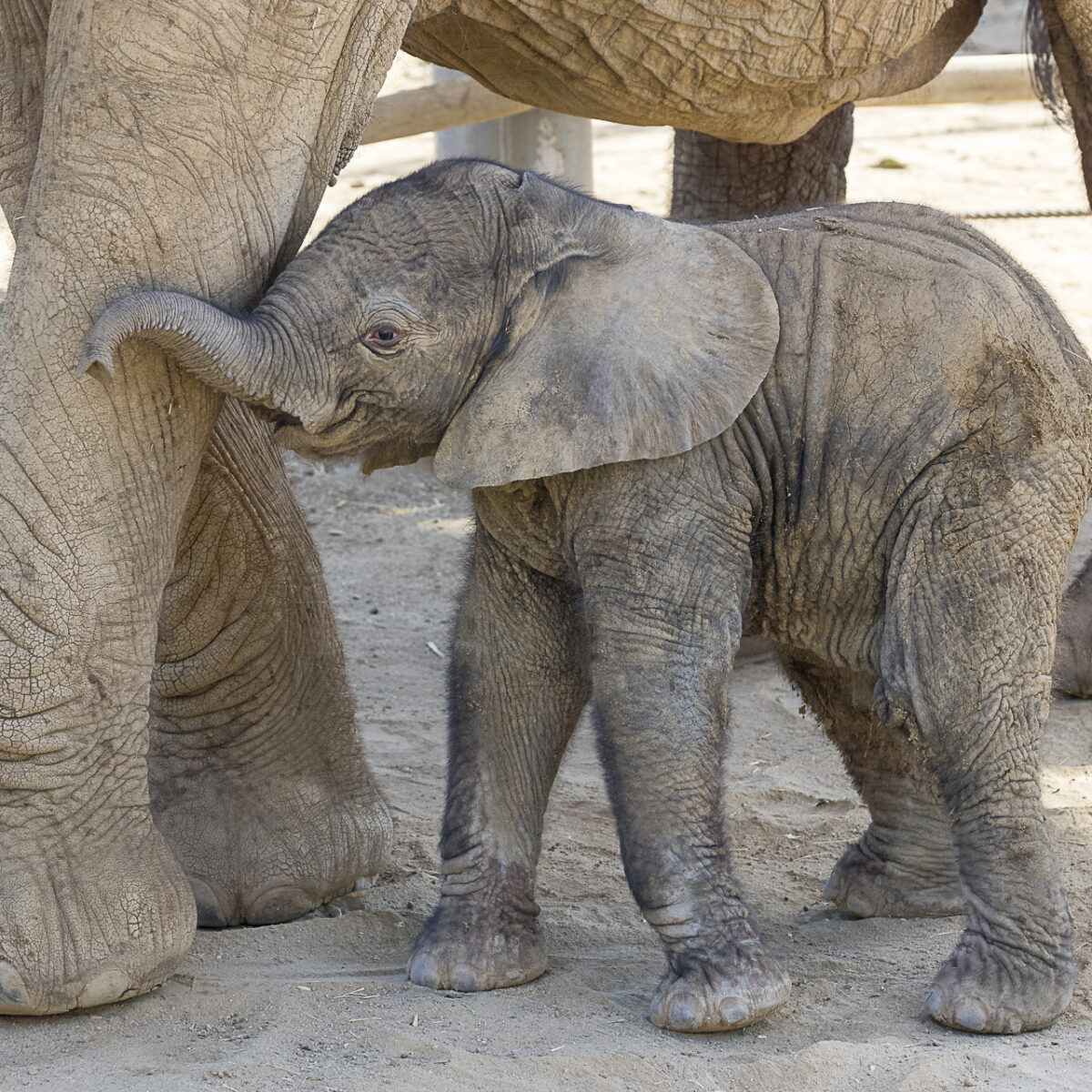
Baby Elephants: The Gentle Giants of the Wild
In the heart of the African savanna and the lush rainforests of Asia, there exists a creature that embodies both immense power and endearing charm: the baby elephant. These gentle giants, with their captivating eyes and playful antics, hold a special place in the animal kingdom and evoke a sense of wonder in all who encounter them.
Birth and Early Development
Baby elephants, known as calves, are born after a gestation period of approximately 22 months, the longest of any land mammal. At birth, they weigh around 250 pounds and stand about 3 feet tall. Their skin is a delicate gray color, and their ears are large and floppy, giving them an adorable and distinctive appearance.
Calves are highly dependent on their mothers for nourishment and protection. They nurse for up to two years, consuming vast quantities of milk to fuel their rapid growth. During this time, they form an unbreakable bond with their mothers, who fiercely defend them from any perceived threats.
Social Structure and Family Dynamics
Baby elephants are born into complex social structures known as herds. These herds are typically led by a matriarch, an experienced female who guides the group and ensures its survival. Calves play a vital role in the herd, providing companionship and entertainment to the adults.
Within the herd, calves have a playful and curious nature. They spend their days exploring their surroundings, interacting with other calves, and learning from their elders. They engage in mock fights, chase each other through the vegetation, and trumpet with excitement.
Physical Characteristics and Adaptations
Baby elephants possess several unique physical characteristics that aid in their survival. Their trunks, which are highly sensitive and versatile, are used for breathing, smelling, drinking, and grasping objects. Their ears, which are large and fan-shaped, help them regulate their body temperature and communicate with each other.
Calves have thick, wrinkled skin that protects them from the sun and insects. Their feet are large and padded, allowing them to navigate uneven terrain with ease. As they grow, their tusks, which are modified incisors, will emerge and become formidable weapons for defense and foraging.
Feeding and Nutrition
Baby elephants are herbivores and consume a wide variety of plant material. They feed on grasses, leaves, fruits, and bark. Their mothers provide them with essential nutrients through their milk, but as they grow, they gradually transition to a more solid diet.
Calves have a voracious appetite and can spend up to 16 hours a day foraging for food. They often accompany their mothers and other herd members on long journeys in search of nutritious vegetation.
Threats and Conservation
Despite their size and strength, baby elephants face numerous threats in the wild. Habitat loss, poaching, and human-elephant conflict are among the most pressing challenges.
Habitat loss occurs when natural areas are converted for agriculture, development, or other human activities. This can fragment elephant populations and make it difficult for them to find food and water.
Poaching for ivory, a valuable material used in the illegal wildlife trade, is a major threat to elephants. Baby elephants are particularly vulnerable to poaching, as their tusks are smaller and easier to extract.
Human-elephant conflict arises when elephants come into contact with human settlements. This can lead to crop damage, property destruction, and even human fatalities. Finding ways to mitigate these conflicts is crucial for the survival of both elephants and humans.
Conservation Efforts
Numerous conservation organizations are working tirelessly to protect baby elephants and their habitats. These efforts include:
- Establishing protected areas and wildlife corridors to ensure elephants have sufficient space to roam and find food.
- Implementing anti-poaching measures, such as patrols and surveillance, to deter poachers and protect elephant populations.
- Educating local communities about the importance of elephants and promoting coexistence between humans and elephants.
- Conducting research to better understand elephant behavior, ecology, and threats to their survival.
Conclusion
Baby elephants are captivating creatures that embody the beauty and wonder of the natural world. Their playful nature, social bonds, and physical adaptations make them a joy to observe. However, they face significant challenges in the wild, and their survival depends on our collective efforts to protect them and their habitats.
By supporting conservation initiatives, raising awareness about the threats they face, and promoting coexistence between humans and elephants, we can ensure that these gentle giants continue to grace our planet for generations to come.
